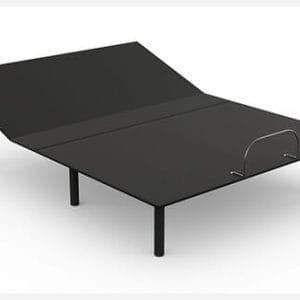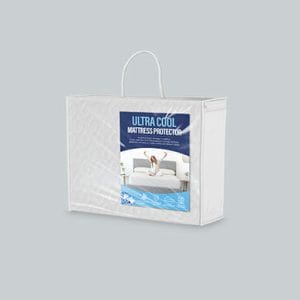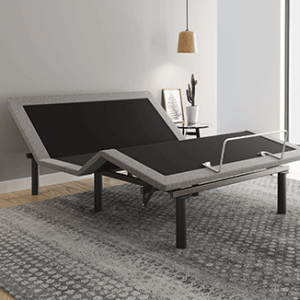
BEST MATTRESS FOR LOWER BACK PAIN
Patients often ask me what mattress will best help relieve their lower back pain. The answer is two-fold and by the way, congratulations for reseaching this question as awareness is key and the first step! Knowing the necessary components of a mattress is essential to making the right choice. Alternatively, being aware of the number one reason our backs hurt when we awaken is also equally important. We sleep a third of our life, or in most cases, about 25 to 30 years!! In my opinion, sleeping on the wrong or perhaps old mattress is the number one reason people wake up with back pain and stiffness. Why? Because a mattress begins to “sag” over time (usually around the 5 year mark) and many mattresses made from typical memory foam or weak, non-elastic materials also sag, giving little or no support. So what features are in important and which mattress is the right choice for helping to alleviate lower back pain?
About eight out of ten Americans suffer from lower back pain at some point their lives. The proper mattress can alleviate and in many cases, prevent back pain. Your mattress should provide two key ingredients, comfort and support. Ironically and to most peoples dismay, comfort is actually very important. Comfort, which is provided by the top layer(s) of a bed can decrease heat build-up and reduce pressure points, both which are critical for a good night sleep. Comfort also helpts to reduce the tossing and turning which oftentimes brings on back pain. And of course as you probably can predict, support is also critical. A mattress without the proper support results in bad sleeping posture and can lead to poor spinal alignment, creating injury to the tendons, ligaments, muscles and/or discs. All types of strain and stress can lead to repetitive stress, that naturally leads to an increase in lower back pain.
The key ingredient to “support” is that the foam have “push-back” within the mattress support system. The best support is generated through a very specialized and technically advanced foam called Talalay latex. This foam has the resilency of the inherent rubber, a far better solution than the typical memory foam which conforms to the body giving no support. The natural latex constituent produced from the sap of a rubber tree (Havea brasiliensis) is combined with other ingredients to form a very high tech, highly durable pressure relieving support system. Regardless of one’s sleeping position (back, stomach or side lying), the spine needs support to maintain the four primary curves of the spine (thoracic, lumbar, cervical, and sacral spine). The curves themselves are designed to distribute mechanical stress when the body is in motion and also during sleep.
Let’s go deeper into the support concept and I’ll explain the importance of how it can help reduce back pain. Both the cervical and lumbar curves need support in the form of pushback or “resiliency.” Resiliency is defined as the ability of an object to spring back into place and/or the capacity to recover quickly. The cervical and lumbar curves are most stable (and thus less prone to injury) when their curves are maintained. The thoracic and sacral curves also need support but ironically, for the opposite reason. They need “correction”, or straightening, to counter the harmful effects of gravity. Most typical memory foam mattress have no pushback whatsoever and actually sag, creating an indentation, again, the number one reason for low back pain. Memory foam is generally good for temporary comfort and pressure relief but useless for pushback support for back sleepers. Pushback support is also important with side sleeping. While sleeping on your side, your spine needs to essentially stay straight and not allow for transient scoliosis which also disturbs the weight-bearing distribution of the spine.
The same principles apply to stomach sleeping. Without proper support, the spine can actually be driven into a hyper-lordotic (extended and compressed) position which can be very strenuous on the spine especially with people with spinal stenosis or degenerative arthritis. The take-home message is that maintaining proper support of the spine is paramount to the bed system which you sleep upon. I highly suggest a mattress that I designed called JUST SLEEP that has the two layers as described above with the coconut biofoam for comfort and Talalay latex for optimal support. There are two additional support layers rounding out this perfect mattress. The foams all have variable functions and accolades to help back pain and better sleep.
In summary, my preference is certainly a combination of two incredible forms with variable funtions: Talalay latex foam which provides durable and comfortable pushback resistance and a coconut biofoam, which provides “neutral resiliency” and temperature control and breathability for maximal comfort. A mattress such as JUST SLEEP provides both comfort and support therefore reducing lower back pain, allowing the spine to rest, restore and rejuvenate during the night.
Thanks for reading! Please check out our mattresses to “Improve your life through Better Sleep” (TM).
Wishing you the best of health always,
Dr Raymond Hall, DC



















